Development as a Service (DaaS): The Ultimate Guide for 2025
1. Introduction
“In 2023, a SaaS startup slashed its development costs by 52% and launched its AI-powered app in just 14 weeks—without hiring a single full-time developer. How? They leveraged Development as a Service (DaaS).”
What You’ll Learn:
What DaaS is and why it’s replacing traditional outsourcing.
7 proven benefits + industry-specific use cases (healthcare, fintech, AI).
How to avoid common DaaS pitfalls (with real-world examples).
Future trends: AI-driven coding, green software, and Web3 development.
Free Resource: “DaaS Provider Checklist: 15 Must-Ask Questions”
Why Trust This Guide?
Based on 100+ hours of research, interviews with DaaS providers, and data from McKinsey, Gartner, and Clutch.
2. What is Development as a Service (DaaS)?
Definition:
DaaS is a cloud-centric outsourcing model where businesses rent remote, pre-vetted software teams on a subscription basis. Unlike traditional outsourcing, DaaS focuses on outcomes, not hours, with agile workflows and transparent pricing.
Key Components:
On-Demand Talent: Access developers, DevOps engineers, or QA specialists within 72 hours.
Pay-for-Results Pricing: Fixed monthly fees or project-based billing (no hidden costs).
Cloud Infrastructure: AWS, Azure, or Google Cloud-hosted environments for seamless collaboration.
Enterprise-Grade Security: End-to-end encryption, NDAs, and SOC 2 compliance.
DaaS vs. Traditional Outsourcing:
Traditional Outsourcing: Rigid contracts, limited control, delayed communication.
DaaS: Agile sprints, real-time dashboards, and dedicated account managers.
Example:
A European e-commerce brand hired a DaaS team to build a custom inventory management tool. The project was delivered in 12 weeks for $25K—50% cheaper than local agencies.
3. Why DaaS is Disrupting Software Development (2024 Data)
The Problem:
68% of IT projects exceed budgets due to poor resource planning (Source: PMI).
Startups spend 30% of their runway on recruiting in-house developers (Y Combinator).
The DaaS Advantage:
Cost Efficiency: Save 40-60% vs. in-house teams (no salaries, benefits, or office costs).
Speed: Deploy a 5-person team in 3 days vs. 6 months for hiring.
Scalability: Ramp up from 2 to 20 developers during peak seasons (e.g., holiday sales).
Stat: 82% of enterprises using DaaS report higher project success rates (Forrester).
4. 7 Benefits of Development as a Service (Backed by Data)
Slash Development Costs
Example: A fintech startup reduced MVP costs from 150K(in−house)to150K(in−house)to75K (DaaS).
How? No recruitment fees ($20K saved), training, or hardware costs.
Access Global Top 1% Talent
Hire niche experts:
AI/ML engineers (TensorFlow, PyTorch).
Blockchain developers (Solidity, Web3.js).
DevOps specialists (Kubernetes, Terraform).
3x Faster Time-to-Market
Case Study: A telehealth app launched in 14 weeks vs. 8 months with a DaaS team.
Zero Management Overhead
Dedicated project managers handle tasks like:
Daily standups (Zoom/Teams).
Sprint planning (Jira/Asana).
Risk mitigation (backup developers on standby).
Elastic Scalability
Example: A retail company scaled its dev team from 5 to 15 during Black Friday.
Enterprise Security
ISO 27001-certified providers offer:
Penetration testing.
GDPR/CCPA compliance.
Biometric access controls.
Future-Proof Tech Stack
Integrate tools like:
AI pair programmers (GitHub Copilot).
Low-code platforms (OutSystems).
Automated testing (Selenium).
Need a dedicated DaaS team? Schedule a Free Discovery Call
5. How DaaS Works: A 360° View
Step 1: Discovery & Planning
Define goals, tech stack (React, Node.js, etc.), and timelines.
Pro Tip: Share a Product Requirements Document (PRD) for clarity.
Step 2: Team Assembly
Get matched with vetted experts:
Review resumes, portfolios, and client testimonials.
Conduct interviews (optional).
Step 3: Agile Development
2-week sprints with deliverables like:
Sprint 1: UI/UX design.
Sprint 2: Backend API development.
Sprint 3: User testing + bug fixes.
Step 4: Deployment & Support
CI/CD pipelines for seamless launches.
Post-launch support packages (24/7 monitoring, feature updates).
6. DaaS vs. In-House Teams: A Data-Driven Comparison
| Factor | DaaS | In-House |
|---|---|---|
| Cost | 8K–20K/month (predictable) | 15K–50K/month (salaries + ops) |
| Time-to-Hire | 3–7 days | 3–6 months |
| Scalability | Add/remove developers weekly | Limited by HR budgets |
| Expertise | Global talent (100+ skills) | Local hires only |
| Risk | Low (SLAs, backup developers) | High (employee turnover) |
When DaaS Wins:
Short-term projects (MVP development).
Skill gaps (AI, blockchain, DevOps).
Budget constraints (startups, SMEs).
When In-House Wins:
Long-term core product development.
Highly confidential IP (e.g., defense tech).
7. Real-World DaaS Use Cases Across Industries
1. Startups:
Fintech: Built a crypto trading platform with a DaaS team in 18 weeks ($90K).
EdTech: Launched an AI tutoring app with 10K users in 12 weeks ($45K).
2. Enterprises:
Banking: Modernized a 15-year-old core banking system using DaaS ($500K).
Retail: Developed a custom ERP system integrated with Shopify ($220K).
3. Non-Tech Sectors:
Healthcare: HIPAA-compliant patient portal with telehealth features.
Logistics: Route optimization SaaS tool built with Python + Google Maps API.
Agriculture: IoT-based crop monitoring system using AWS IoT Core.
4. Cutting-Edge Tech:
AI/ML: Custom ChatGPT model fine-tuned for customer support (6-month project).
Blockchain: NFT marketplace development with Ethereum smart contracts.
Explore our DaaS case studies in healthcare and fintech.
8. How to Choose a DaaS Provider:
✅ Expertise: 3+ years in your industry (e.g., healthcare, fintech).
✅ Tech Stack: Proficiency in your required tools (React, Flask, etc.).
✅ Security: SOC 2 compliance, NDAs, and data encryption.
✅ Transparency: Detailed invoices + weekly progress reports.
✅ Support: 24/7 availability and escalation protocols.
Red Flags:
❌ No portfolio or client references.
❌ Inflexible contracts (e.g., 12-month lock-in).
9. Future Trends in DaaS (2025–2030)
AI-Driven Development:
Tools like OpenAI Codex automating 30–40% of boilerplate code.
Low-Code DaaS:
Blend no-code platforms (Bubble, Retool) with custom coding.
Green Software:
Energy-efficient coding practices to reduce carbon footprints.
Web3 & Metaverse:
On-demand Unity developers for metaverse apps.
Prediction: By 2026, 45% of enterprises will use DaaS for AI projects (IDC).
10. Risks of DaaS & How to Mitigate Them
Risk 1: Communication Gaps
Solution: Use Slack/Teams for daily updates + assign a bilingual project manager.
Risk 2: Data Security Breaches
Solution: Choose providers with ISO 27001 certification and pentesting reports.
Risk 3: Hidden Costs
Solution: Negotiate fixed-price contracts with a scope of work (SOW).
Pro Tip: Start with a 3-month pilot project to test vendor reliability.
11. 10 FAQs About Development as a Service
Q1: Is DaaS only for tech companies?
A: No! Logistics firms use DaaS for route optimization tools, and healthcare companies build HIPAA-compliant apps.
Q2: How much does DaaS cost?
A: Startups pay 5K–5K–15K/month; enterprises invest 20K–20K–100K/month for large projects.
Q3: Can DaaS work with our in-house team?
A: Yes! Many providers offer hybrid models (e.g., your PM + their developers).
Q4: What if the DaaS team underperforms?
A: Reputable providers include SLAs with performance guarantees (e.g., 98% uptime).
Q5: How do I ensure code quality?
A: Demand code reviews, automated testing (Selenium/Jest), and QA specialists.
Q6: Is DaaS secure for sensitive projects?
A: Yes—opt for providers with ISO 27001, GDPR, and encrypted Git repositories.
Q7: Can I hire a DaaS team for one project?
A: Absolutely! Most offer project-based pricing (e.g., $25K for an MVP).
Q8: How long does it take to onboard a DaaS team?
A: 3–7 days for most providers after signing the contract.
Q9: What industries benefit most from DaaS?
A: Fintech, healthcare, e-commerce, logistics, and AI startups.
Q10: Will DaaS replace in-house developers?
A: Unlikely—DaaS complements in-house teams for niche projects or scaling.
12. Conclusion
Key Takeaways:
DaaS cuts costs by 40–60% and accelerates development by 3x.
Use cases span AI, healthcare, Web3, and legacy modernization.
Mitigate risks with SLAs, pilot projects, and security audits.
“Ready to innovate faster? YoWill Infotech delivers end-to-end DaaS solutions with 24/7 support and a 95% client satisfaction rate.
We help you see the world differently, discover opportunities you may never have imagined.




